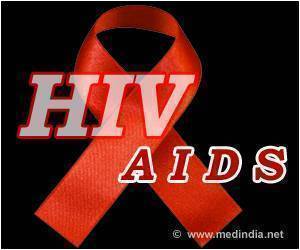highlight the need for future research to ensure pandemic preparedness.
“Our research is a smoking gun. It’s vital that we know both more about the distribution of this virus and that research is done in this area to assess the risks and to ensure we are prepared for potential epidemics and pandemics,” said Dr Simon Scott from the Viral Pseudotye Unit (VPU) at Medway.
The team have also discovered that Lloviu has the potential to both infect human cells as well as to replicate. This raises concerns about potential widespread transmission in Europe and urges immediate pathogenicity and antiviral studies.
They also revealed no antibody cross-reactivity between LLOV and Ebola, suggesting that existing Ebola vaccines may not protect against Lloviu, should it be transmitted to man.
Further, the scientists showed that a recombinant LLOV is able to infect known target cells of Ebola virus, including human primary macrophages. However, the inflammatory response in human macrophages – a hallmark of Ebola virus disease – is not induced by the virus.
Filovirus LLOV
This suggests that LLOV might be able to infect humans, but the infection might not lead to disease, similar to the nonpathogenic Reston virus, they said.
As a zoonotic virus – one which passes between animals and humans – LLOV is of interest to public health around the world due to our close relationship with animals in agriculture, as companions and in the natural environment.
This is even more the case in recent years with the continued destruction and encroachment of natural habitats of many wild creatures.
According to the World Health Organisation, “zoonoses comprise a large percentage of all newly identified infectious diseases, as well as many existing ones”.
Scott said the research clearly shows that there is a considerable knowledge gap regarding the pathogenicity, animal hosts, and transmissibility of these newly discovered viruses.
Among filoviruses, only Ebola viruses have received the most attention, mainly due to the multiple documented human outbreaks, particularly the West African Ebola virus (EBOV) disease outbreak in 2013-2016 and the recent outbreaks in the Democratic Republic of the Congo and Guinea.
Source: IANS



